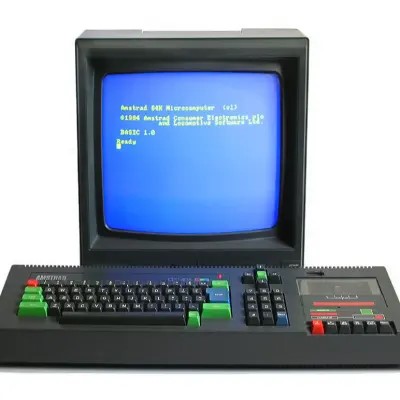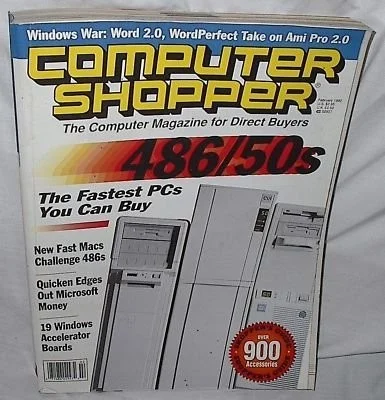I was never an academic kid growing up, Like most I sat through lessons absorbing information by whatever media they were presented. Finding some subjects easier to remember than others. I begrudgingly completed homework at the final hour and prepared for exams ad-hoc with no clue on how to effectively study.
Our Victorian-industrial education system throws us on a conveyor belt through the factory of learning. It grouped by age and requires us to learn subjects like mathematics, science and history if we want to or not.

While a math teacher might tell their students to learn Pythagoras theorem by next Wednesday, they rarely tell them the best method to achieve this. Is it just repetition, slogging over books for hours until you can recite it verbatim? Will studying in a quiet room with no distractions do the trick? The mantras we heard over and over are to “try harder!”, “study more!”, “don’t get distracted”. We have brought up to believe that learning is a gruelling journey to comprehension – or at least I did.
Upon leaving secondary school my heart was set on becoming a graphic designer. Unfortunately, the lacking of a credible art grade in a competitive industry meant I hit a roadblock.
There had been no other subject that I enjoyed enough to pursue in higher education. Not until my sister suggested I look at a course in computing. I mean, I had a few slap-dash lessons at school on an 386 RM Nimbus but that was it. I had never studied computers.
Let’s rewind back a few years to the 1980’s.

While growing up I was lucky to have a Amstrad CPC 464 (colour screen no less), our first family computer. My dad would spend hours painstakingly copying BASIC code from a book so my sister and I could play snakes or some other game. I was more fascinated with controlling pixels on the screen than appreciating my Dad’s hard work that lay behind the screen. However a seed of curiosity and excitement had been planted in my brain.
That Amstrad remained as the family computer into the early nineties, being used less frequently as it became an increasingly aged games machine compared to my friends more advanced Commodore 64’s or Amiga’s.
When my parent finally decided to ditch the ageing Amstrad for newer model, they tasked me with the job of choosing a replacement. I remember coming back from the newsagents with a copy of Computer Shopper. This behemoth of a magazine had a scattering of tech articles surrounded by a plethora of adverts. I would check each page, being blown away by the types of computers and what set them apart. Overtime, I learnt what the difference was between a CPU, RAM, Floppy and Hard Disk. There was still a lot that was complete jargon to me like DX or SX processors*, IBM Compatibility or the fabled turbo buttons. The less I understood the more I wanted to know and would continue buying computer shopper each month to find out what was new and securing my understanding of the standards.
“I can still remember the spine chilling beep that would sound before each boot”
We eventually settled on an IBM PS/2 with 4MB of RAM and an Intel i486 25Mhz SX processor – Que the sound of a heavenly choir. I spent hours each day on that machine, finding out what games I could play and how to navigate the Windows 3.1 operating system. Until this point I had only used at small intervals in stores. I soon learnt to play mine-sweep, use Works for Window and bend DOS commands to my will.

As kids we quickly get complacent with what we have and seek for more. My desire to play the latest games led me to learning how to upgrade (in my eyes) a dated PC with new capabilities like a Sound Blaster audio card, SVGA graphics or a CD-ROM Drive. My eyes were now open and familiar to the internal workings of my machine. My mind was also getting tested as with each upgrades came a ream of errors and troubleshooting. I can still remember the spine chilling beep that would sound before each boot, leading you to wonder if you had finally fried your PC for good or just need to reseat a component.
I don’t want to be that old guy – let me put my teeth in. “This was the pre-internet age!”. If I had an error with an IRQ conflict while installing a new card I had to sort that out myself. I would scouring Q&A articles in magazines and using my like-minded school friends as my message boards.
I remember desperately wanting to play the latest DOOM 2 games that I got for my 15th Birthday. DOOM 2 required a minimum of 4MB of memory to run and that’s what my machine had. It was a shock when I realised that the Windows O/S was steeling my precious resources and it would not boot. Not wanting to admit defeat I had created my first DOS boot disk to bypass the loading of Windows and load only the minimum drivers to load DOOM 2! After several attempts it eventually worked.
Let’s skip forward to my college course dilemma. I thought that my education was solely based on my school subjects, the prospect of a career in computing was completely left-field. What was also left-field to me was that I taught myself. I had no exams, no strict study sessions or quiet environments, yet this information and knowledge managed to stick in my brain more than anything I “studied for”, why?
The reasoning behind this trip down memory lane stem from a book I recently stumbled upon and will talk about in next weeks blog.


Leave a Reply to marks Cancel reply